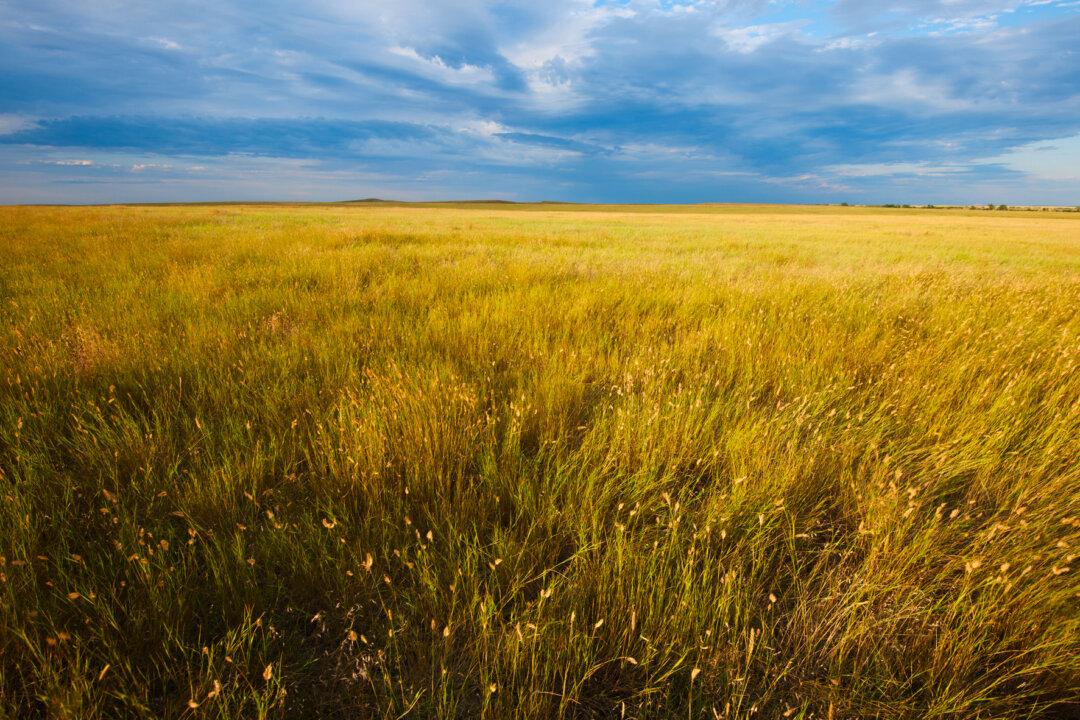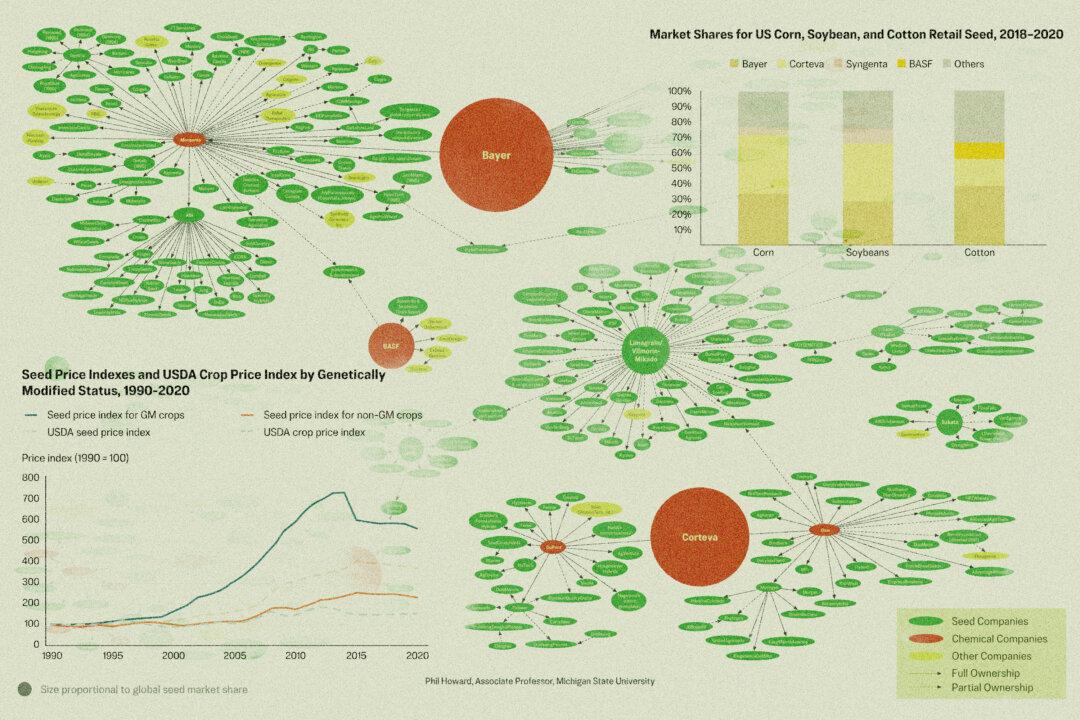America’s vast prairies are a sight that has inspired songs, stories, and art for generations. Today, these native grasses have taken on a more scientific role: helping restore the country’s rapidly depleting aquifers.
At one point, tallgrass prairies covered 170 million acres in North America, according to the National Park Service. Just 4 percent of it currently remains. Mixed prairie grasslands once spanned an additional 140 million acres, of which 30 million acres still exist.





